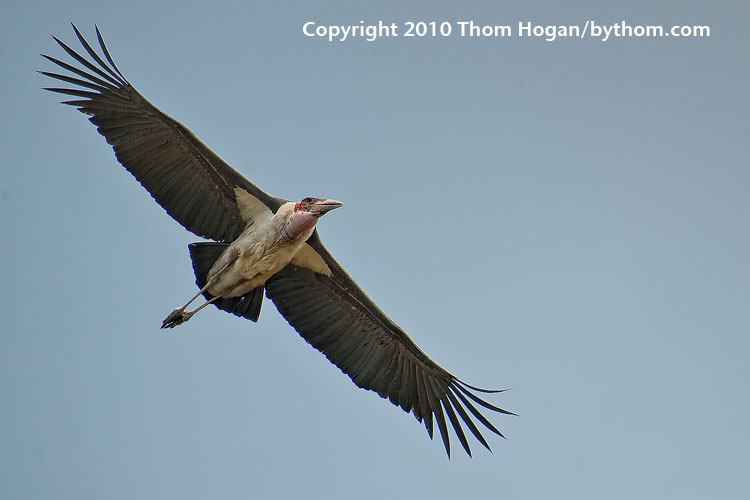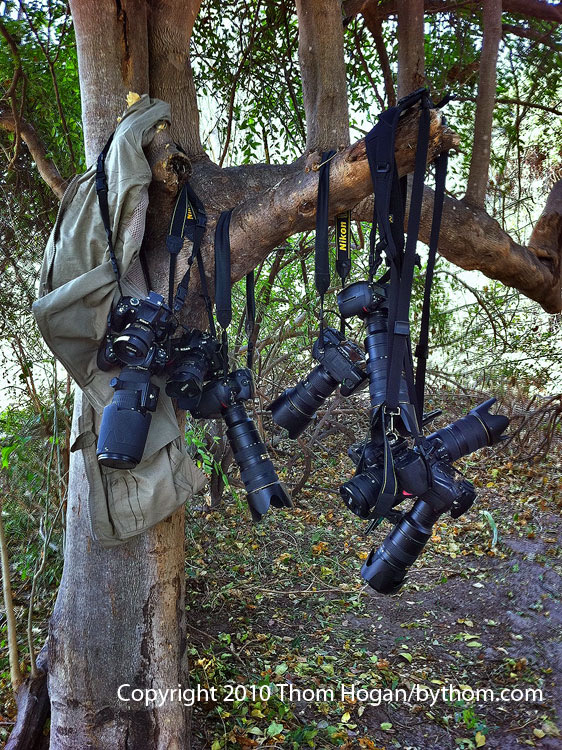Sept 10--Our stay at Camp O was short. Too short. Everyone regretted having to say goodbye to our little oasis in the delta.
Today we were back on the move, using boats to get from Camp O to our mobile tent camp, which has been moved to Xakanaxa.
Boating through the reeds in the delta alternates between boring and exciting. Most of the time, it's pretty much the same thing over and over: narrow twisting water channel with reeds on both sides. You've got maybe a 100 meter view of water in front of you until the next turn and both sides of the passage are wall to wall reeds. The channel itself just twists and twists and twists. So to get from point A to point But you might travel ten times further than you would if it were a reasonably straight line. Because the lead boat had a roof and two people at a time were up there, every now and then the second boat I was in would see two heads going the other direction above the reeds on one side of the channel.
The infinite reed boredom gets broken by a few tasty little treats, though. Every now and again you stumble upon something like a crocodile in the reeds. This morning we encountered one dead croc floating belly up and ready to pop. Normally after a couple of days laying dead like this, we'd have seen vultures circling, but the vulture story here in Botswana is a sad one.
Pouchers don't like vultures. That's because a swarm of vultures flying above your illegal kills gives the anti-poaching police somewhere to look. So the remaining few poachers are now into poisoning the vultures. They'll put out a carcass with poison on it and kill off a ton of vultures without firing a shot. Unfortunately, the poachers are exceedingly short-sighted. Vultures are a necessary part of the ecosystem. For most carcasses in the wild, there is a parade of things that appear in sequence. But the vultures are one of the key participants, as they open up portions of the animal that others can't. Moreover, the vultures are part of the anti-bacterial control on carcasses. The more you learn about the way life in the African wilds works, the more you discover that every last creature is part of a much larger system, and if you remove one creature, other things start to break. Thus, the huge loss of vultures in the area adjacent to Moremi is a big deal. Ultimately, it's going to have an impact on every animal here.
After more than an hour of stumbling through reeds we got to one of the big lagoons that dot the delta. In the center of that first lagoon was our next bit of excitement: an island just overrun with nesting birds. Egrets, Marabou Storks, Cormorants, and a seemingly unending supply of other birds put on a show, as they took off, landed, and built nests. Heck, I even saw two Marabou mating (which isn't exactly a pleasant sight). We spent almost an hour with Bird Island, and we barely moved more than 100m along its shore.
But the big excitement of the day was still to come.




After lunch we entered back into more labyrinthian passages of reeds. Some of these passages narrow down to 10 feet or so, and most are rarely wider than 20 feet. So we're always in a some very tight quarters. As the first boat rounded one turn in the reeds they saw a dark hump in the water. The immediate reaction was "hippo." But it wasn't, it was a submerged bull elephant. That fact became known very quickly as my boat came round the bend and the elephant surfaced and went through his aggressive posturing. I'd have been aggressive, too. Here he was enjoying some sort of bath in the middle of nowhere when along comes some noisy things stirring up the water. For a photo group, though, this was one of those superb photo ops you wish for but never promise. We got ear flaps, trumpeting, water splashing, posturing, and much more before the elephant finally tired of trying to scare us off and found an old game trail into the reeds and disappeared. Not that it could have scared us off. We needed to wait for it to clear the channel in order for us to proceed to Xakanaga.

It didn't matter what else happened the rest of the day, everyone will remember the ele in the water. So I'll just close with that and let you imagine all the wonderful things we saw afterwards.
Oh, no, I can't quite end that way. Here's the scene at lunch (taken with my iPhone):
